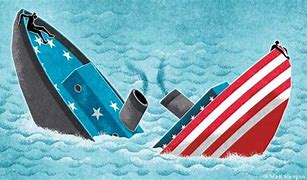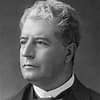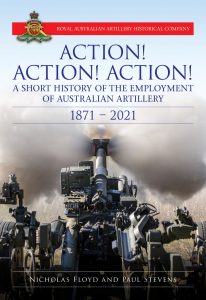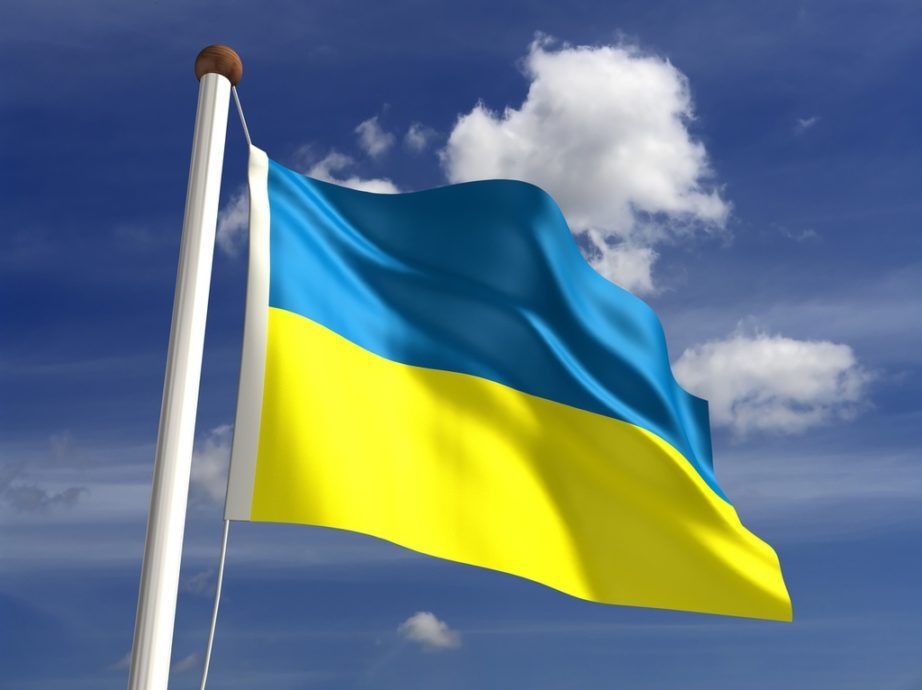Global, Naval Warfare – Colin Clark
The Royal Australian Navy is sounding the alarm on the nation’s efforts to prepare military facilities for nuclear-powered submarines, including the future SSN AUKUS boat. Rear Adm. Wendy Malcolm warned that Australia’s generational endeavour to acquire and deploy these submarines is “at risk” without immediate and decisive government action on infrastructure.
At the Indian Ocean Defence and Security Conference, Malcolm emphasized the urgent need to prepare Western Australia for AUKUS submarines, stressing that delays in infrastructure planning and funding could cause significant setbacks. The most critical risk, she noted, is the government’s failure to plan and finance a multi-billion-dollar dry dock on the Western Australian coast.
“A dedicated team is entirely focused on presenting viable options to the government for decision-making,” Malcolm stated. “We don’t have all the answers yet, but we know critical decisions must be made now to meet our milestones. We need to expedite approvals, planning, and access. Some decisions can’t wait.”
Adm. Jonathan Mead, head of the Australian Submarine Agency, echoed Malcolm’s concerns. While less specific, Mead acknowledged the potential for setbacks as the SSN AUKUS program progresses, highlighting the need for strategic patience and a commitment to overcoming challenges.
“We have a long road ahead. Developing these high-end capabilities for effective deterrence is neither easy nor quick, nor cheap,” Mead remarked. “There will be setbacks, but we must remain confident in our generational commitment.”
Their warnings came a day after Australian Defence Minister Richard Marles recognized the need for a new dry dock on the west coast but evaded questions on its completion timeline. “Good question. I’m not going to answer your question, but I count on the fact I’m a politician,” Marles joked, adding, “Western Australia must maintain and sustain all major platforms we operate. A dry dock is essential for this.”
Currently, Australia has only one dry dock, the Captain Cook Graving Dock in Sydney, 2,000 miles from the planned facilities in Western Australia. Marles stressed the importance of developing this infrastructure but admitted the government faces time constraints.
The Captain Cook dry dock, built during WWII, is set for reconstruction, which will take it out of commission for several years. Building a new dry dock for nuclear submarines is estimated to take roughly a decade, highlighting the urgency of starting the project.
Marles mentioned that the government’s primary goal in Henderson has been to consolidate military naval facilities before constructing a new dry dock. In the interim, the Virginia-class submarines, arriving in 2032, will not require immediate depot-level maintenance, giving the government some leeway to build the necessary infrastructure.
Despite the pressing need, Marles avoided setting a timeline for the Henderson dry dock project and did not confirm budget allocations, attributing the lack of funds to the previous Morrison government. Industry experts criticized this approach, pointing out that planning and building a nuclear submarine dry dock takes a decade in the UK and US, underlining the need for prompt action.
Australia’s strategic ambitions hinge on the swift development of critical infrastructure. Without decisive action, the nation risks falling behind in its nuclear-powered submarine program, undermining its long-term defence capabilities.










